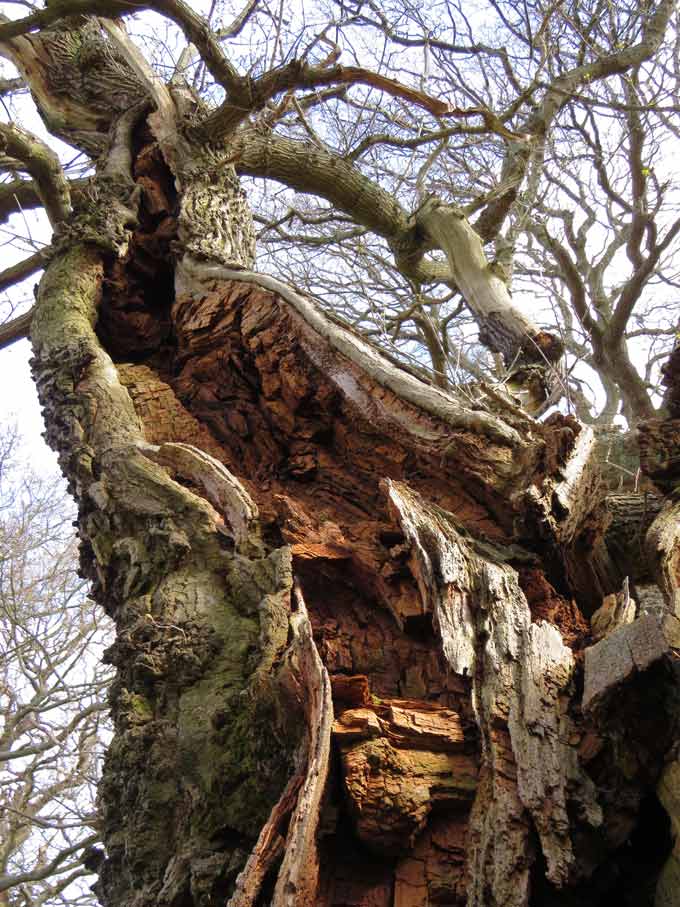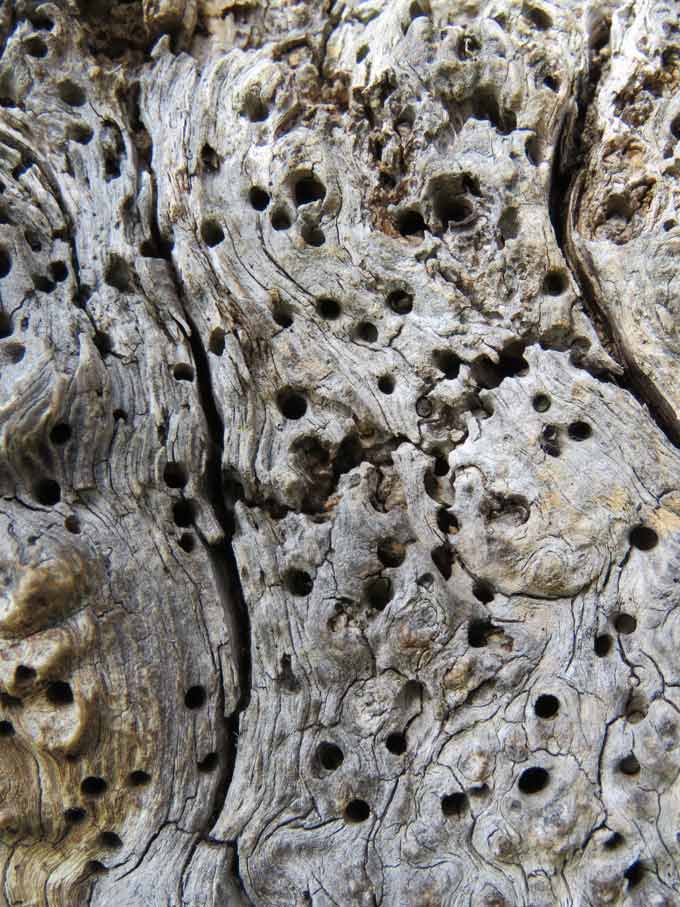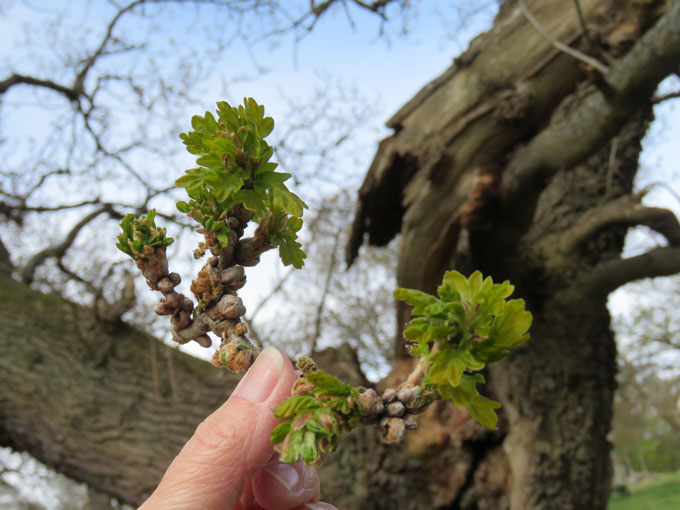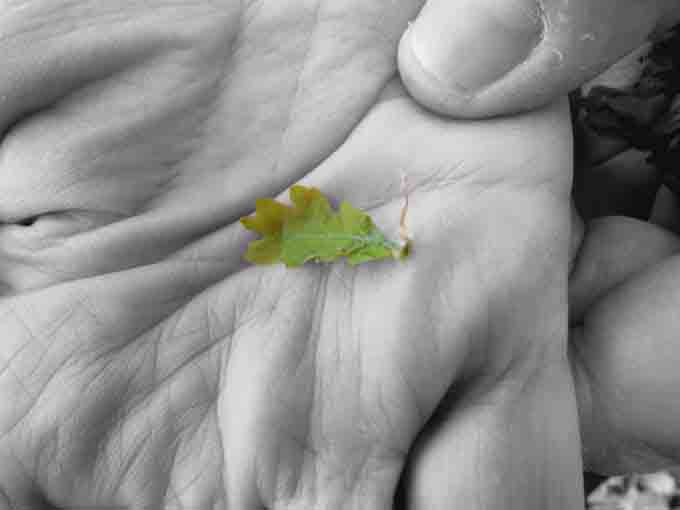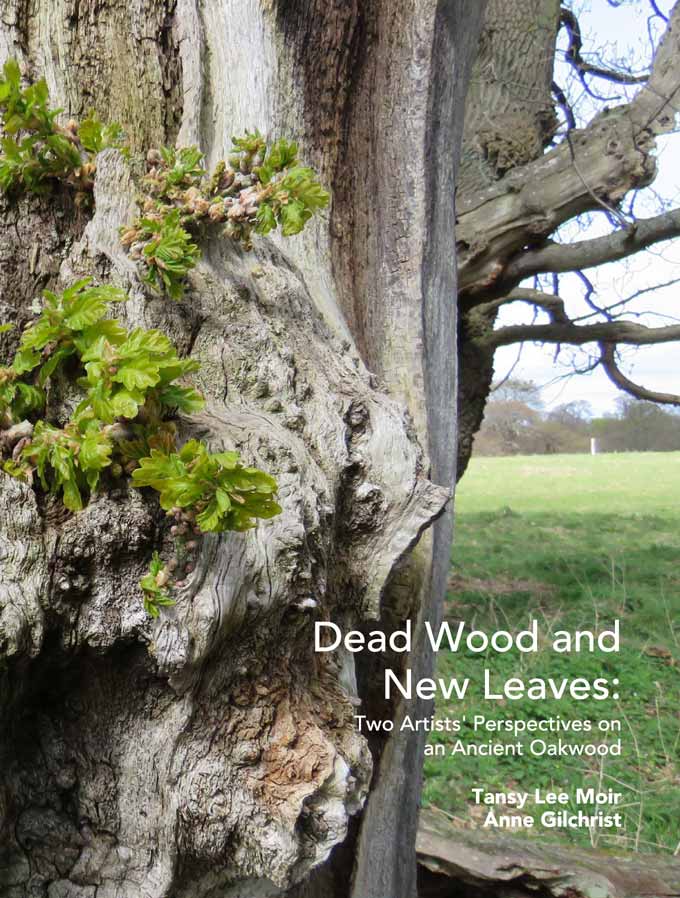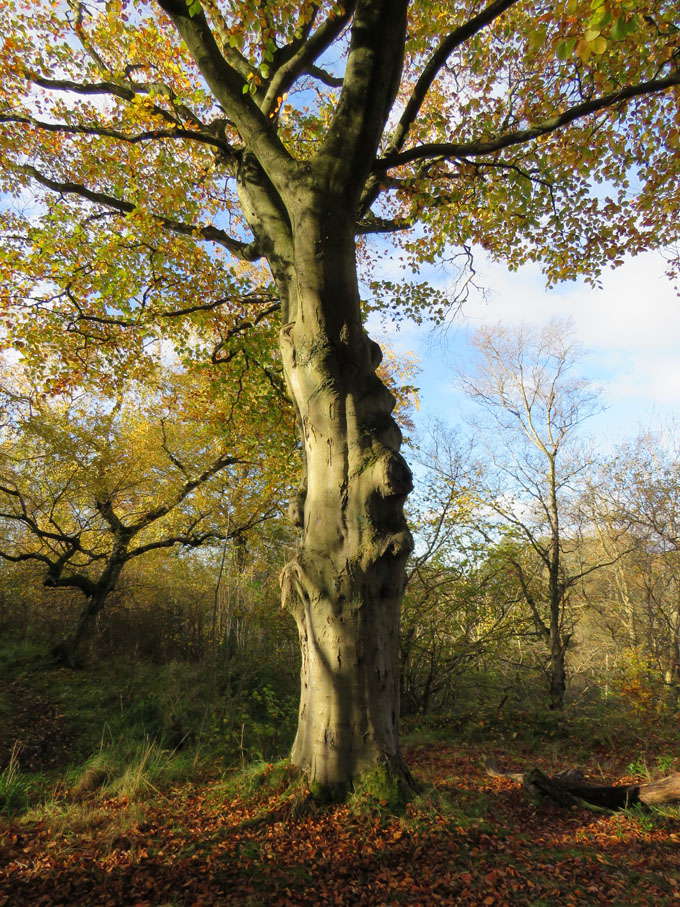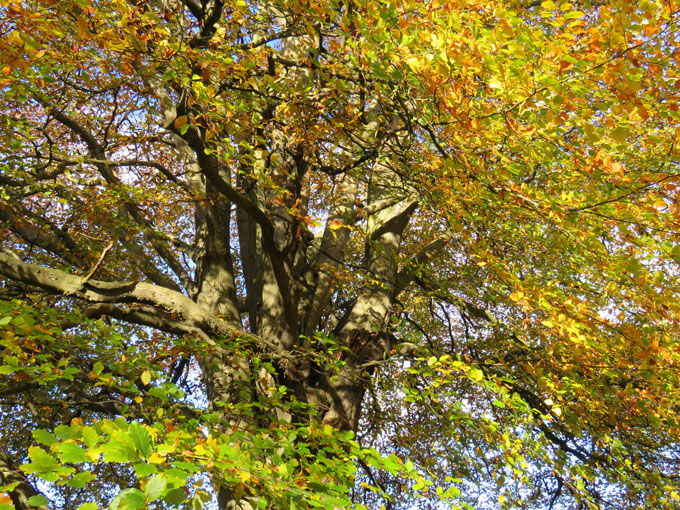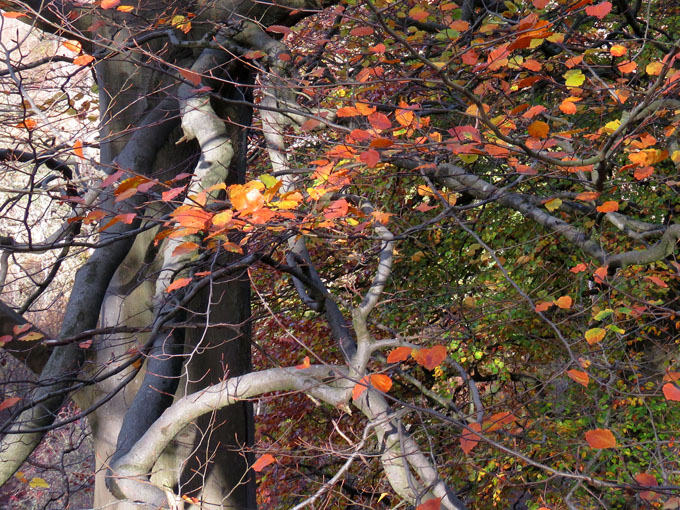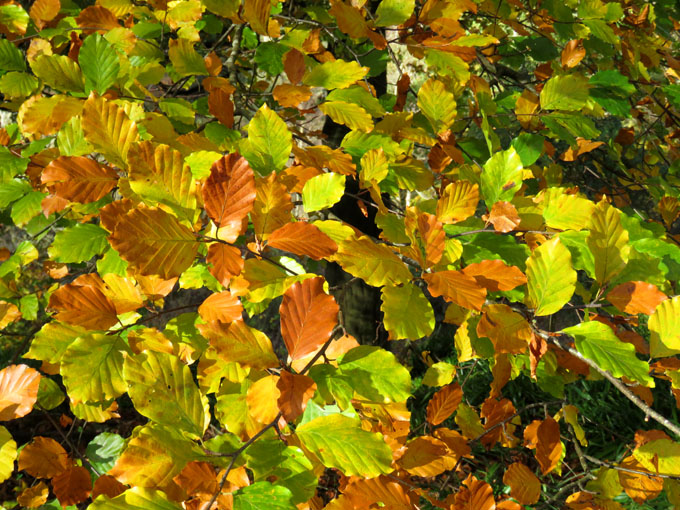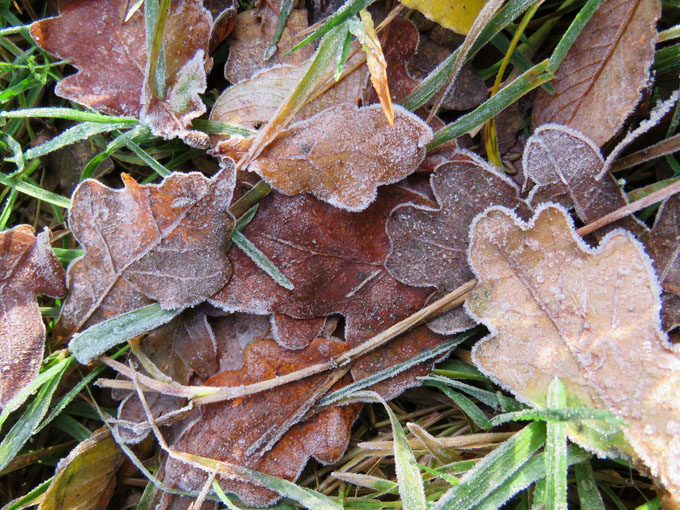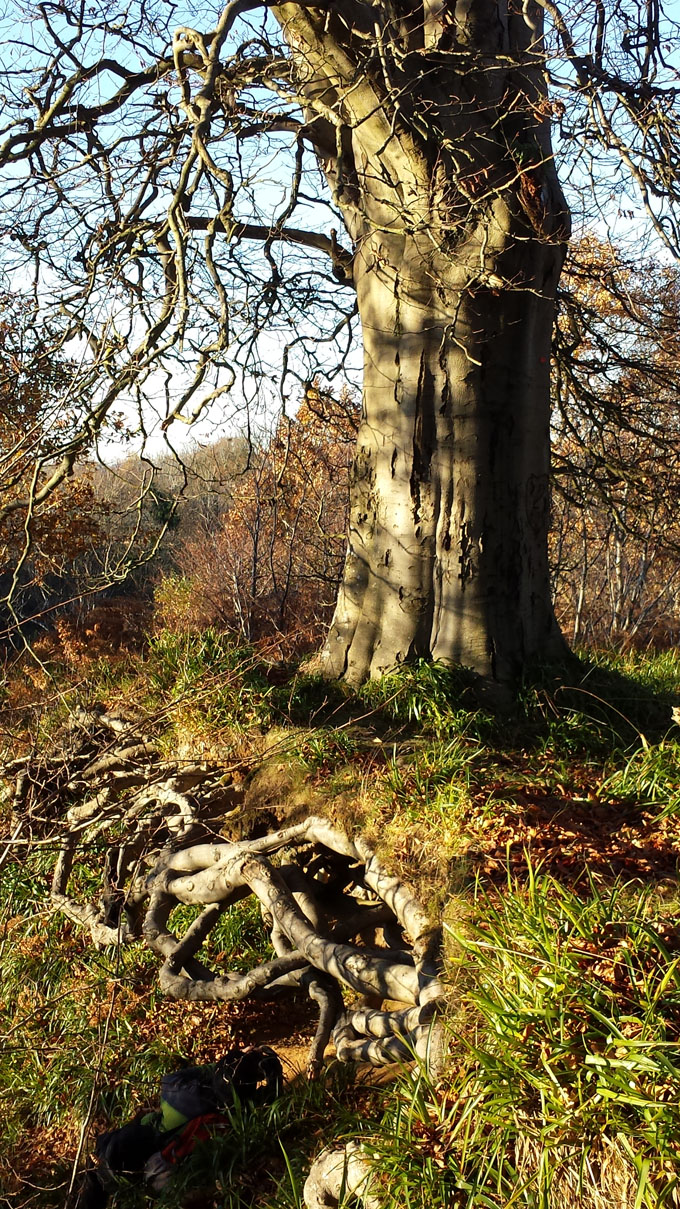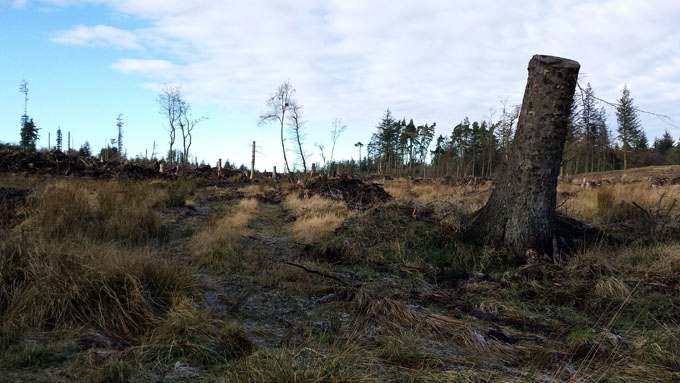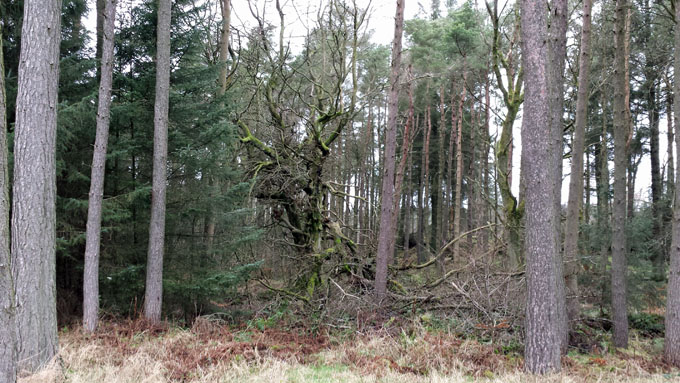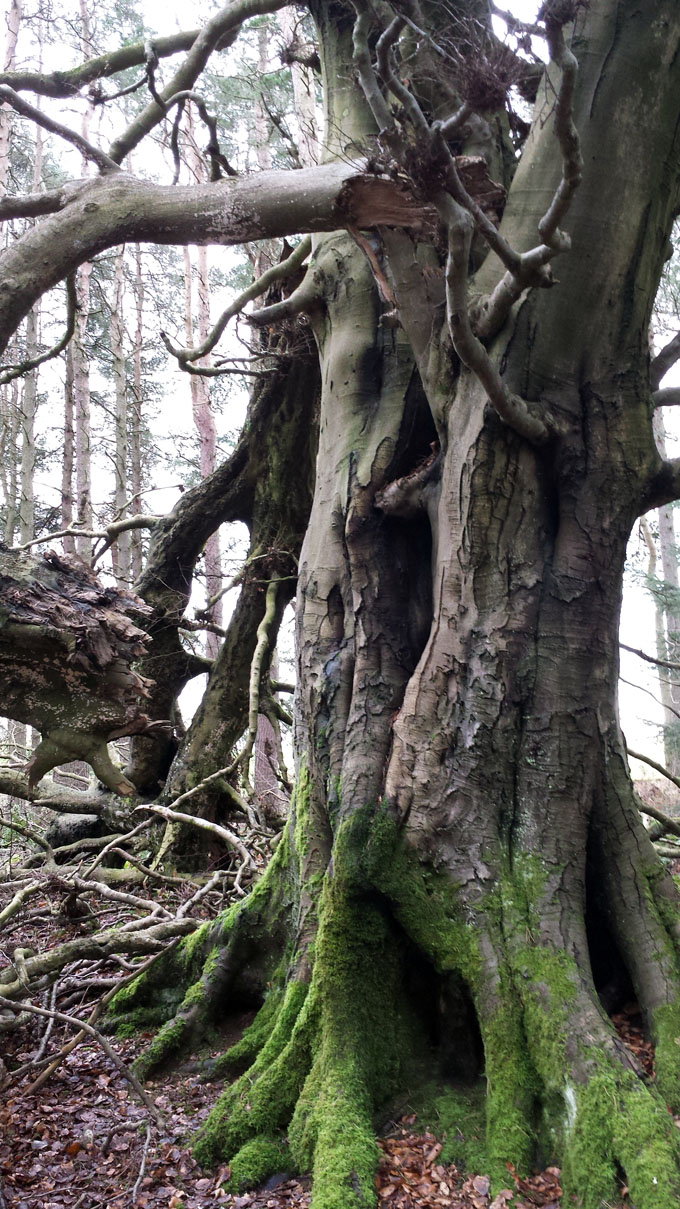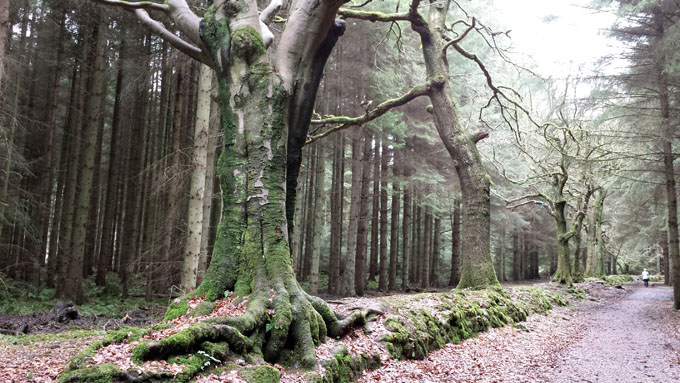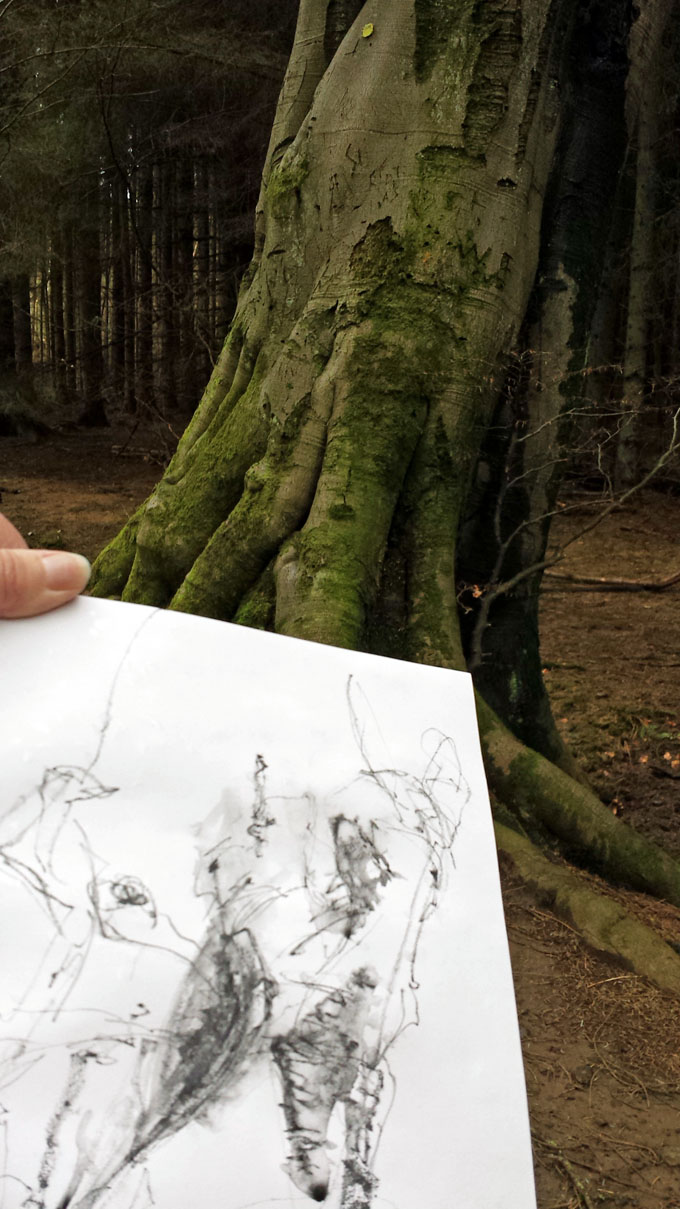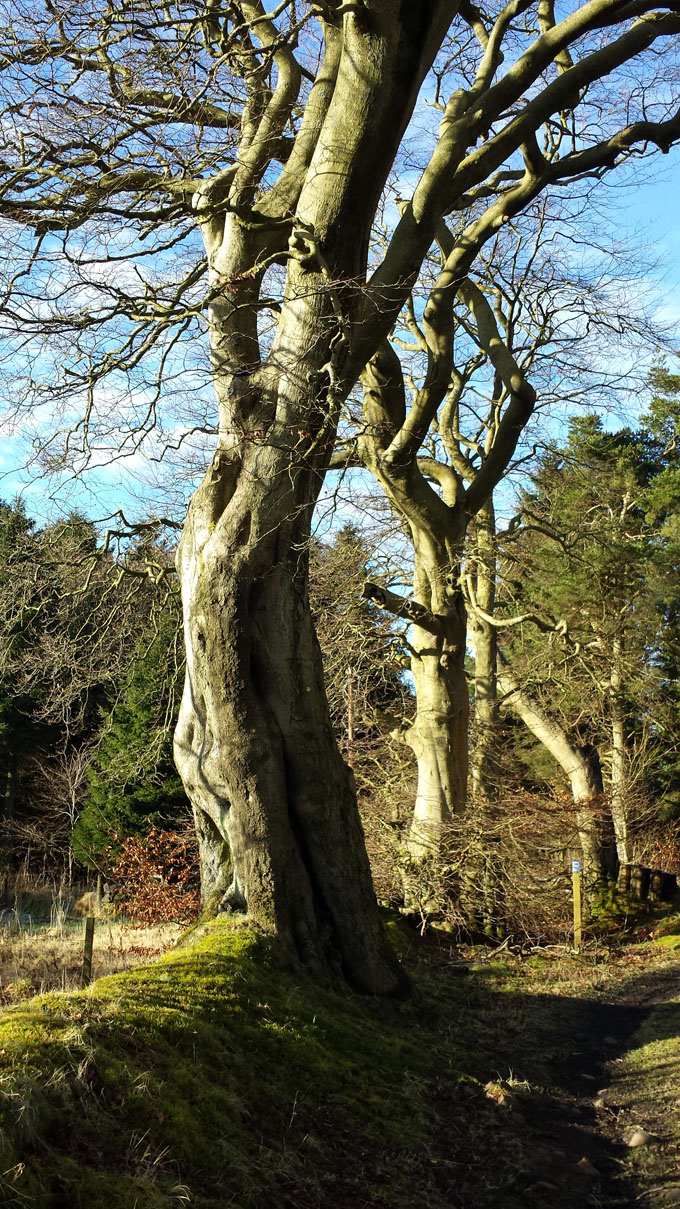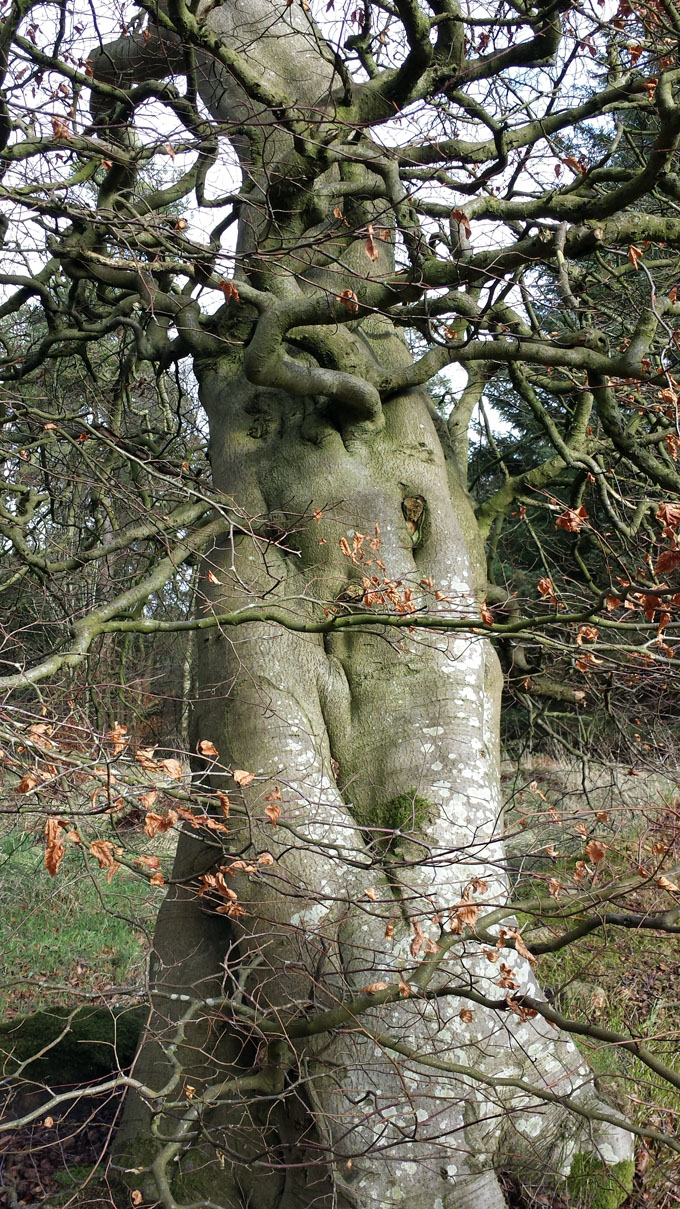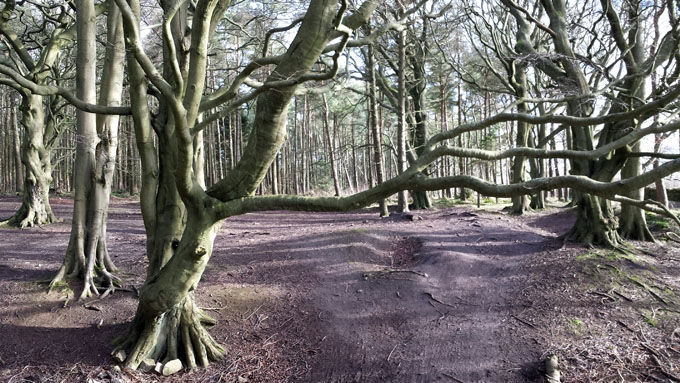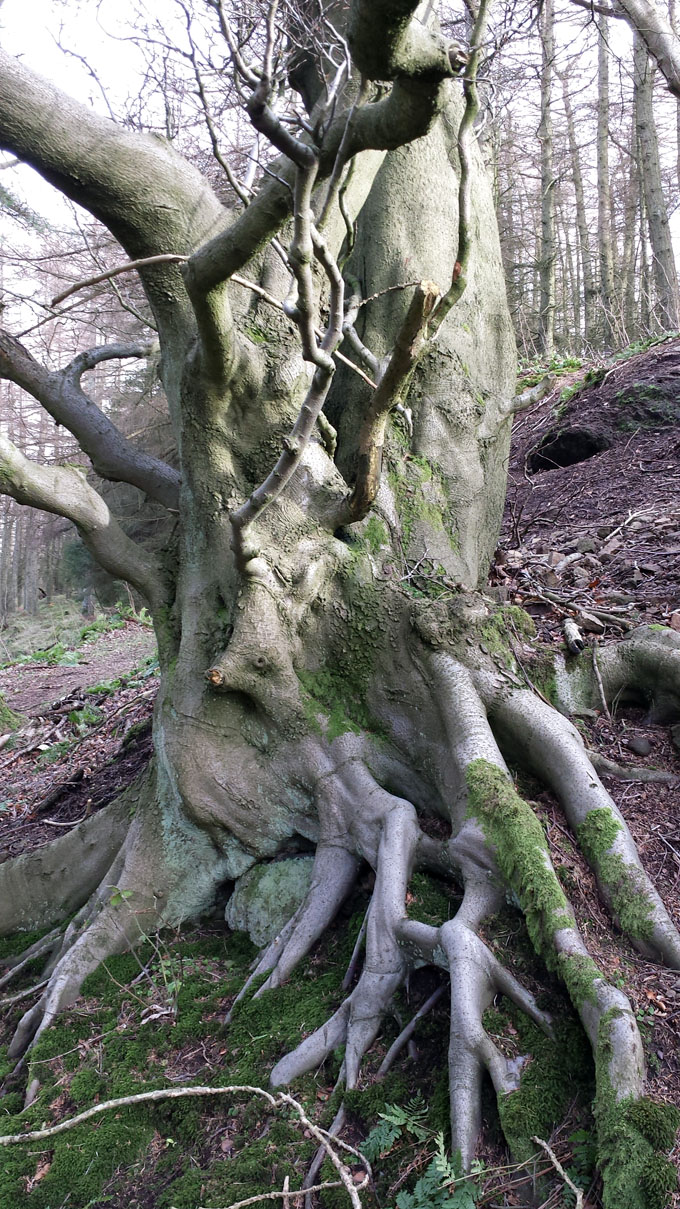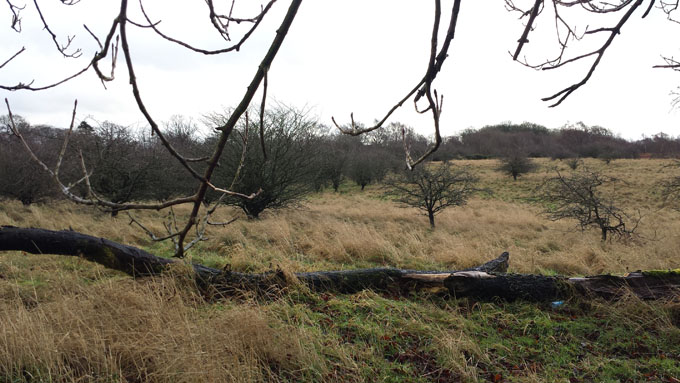
Having had a illness last year which incapacitated me for about 6 months (which I’m working up to blogging about sometime), I’m so happy to be able to get back to the woods this winter. So I started the year by making some plans to explore new locations through a series of mini-residencies – a sort of self-directed intense period of study, learning about the history of the landscape, making links with locally knowledgeable people and making as many on site drawings as I can.

Since I have an exhibition at the Howden Park Centre in Livingston scheduled for the end of the year, it seemed natural to start in West Lothian. While the recent storms have been blowing outside, I’ve been indoors poring over old maps and current satellite images, looking for clues to more ancient landscapes and some likely places to look for old trees. I thought I knew West Lothian pretty well, having worked there on and off for the last 20 years, but Calder Wood is an exciting new discovery for me.

It’s a plateau of ancient woodland bounded by the Murieston Water and the Linhouse Water, which both join the river Almond at Almondell. The river banks are steep and the trees mostly hide the surrounding housing, making it feel much more remote than it actually is.

These are a few photos of the wonderful trees I found – impressive old beeches, gnarly sycamore, elderly birches, hazel coppice, twisty decaying sweet chestnut.

I’m starting to learn my way around the woodland now, working out how all the little tracks fit together, where the clusters of old trees are and which are the best candidates for more prolonged sketching.

Maps are marvellous for getting the structure of a new place into my head, but now I realise I need to start creating my own mental maps – these are the first of many days in Calder Wood…

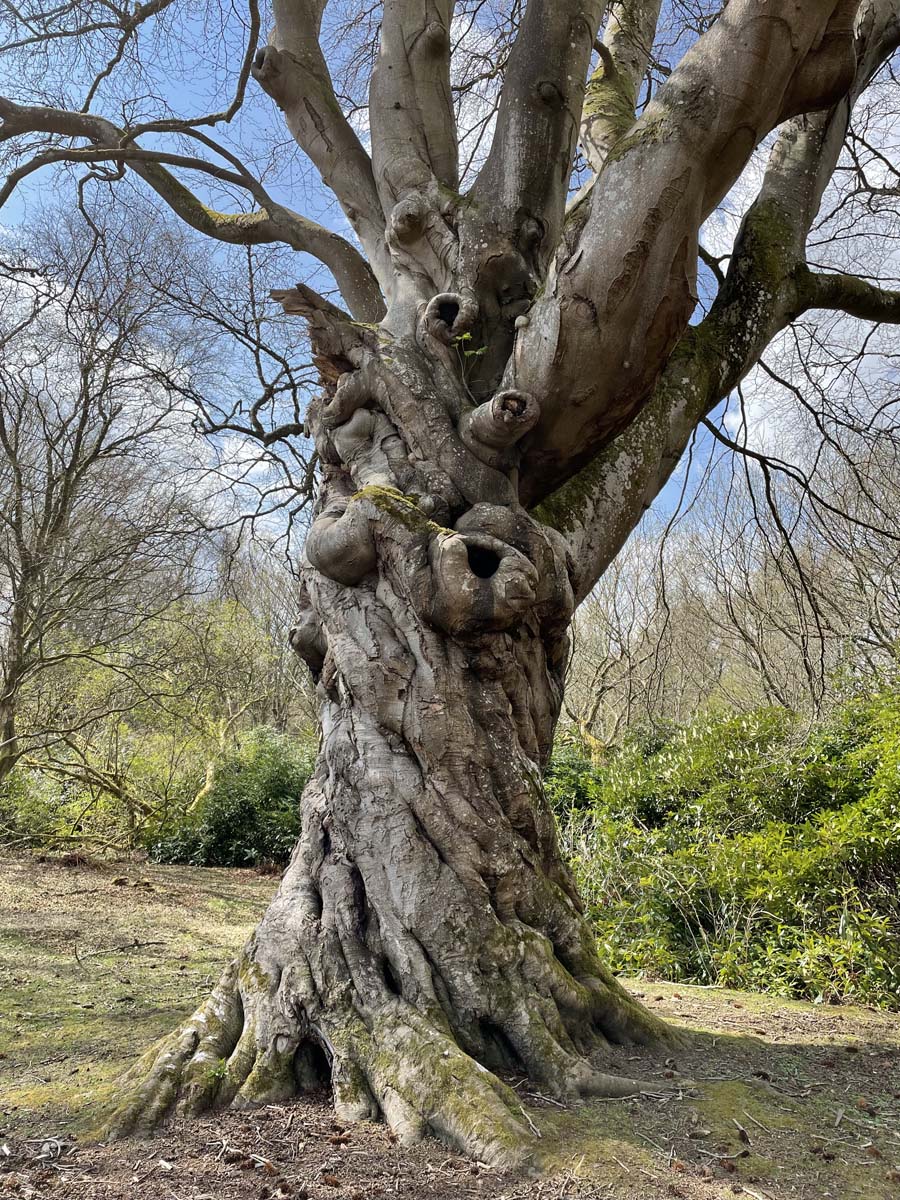 Ever since I found this strange tree in Aberdeenshire last summer, I’ve been longing to get back to Aden Country Park to spend more time documenting it.
Ever since I found this strange tree in Aberdeenshire last summer, I’ve been longing to get back to Aden Country Park to spend more time documenting it.

 Drawing on location in Langholm
Drawing on location in Langholm

